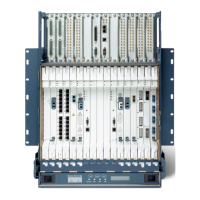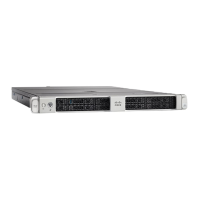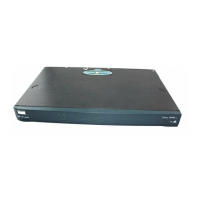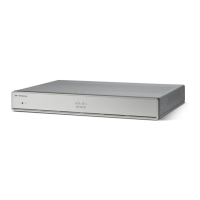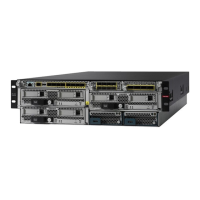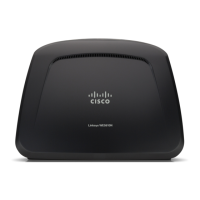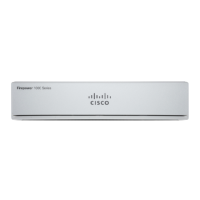1-2
Cisco SCE8000 Installation and Configuration Guide, Rel 3.1.7
OL-16478-03
Chapter 1 Cisco Service Control Overview
Cisco Service Control Capabilities
Service Control for Broadband Service Providers
Service providers of any access technology (DSL, cable, mobile, and so on) targeting residential and
business consumers must find new ways to get maximum leverage from their existing infrastructure,
while differentiating their offerings with enhanced IP services.
The Cisco service control application for broadband adds a layer of service intelligence and control to
existing networks that can:
• Report and analyze network traffic at subscriber and aggregate level for capacity planning
• Provide customer-intuitive tiered application services and guarantee application service level
agreements (SLAs)
• Implement different service levels for different types of customers, content, or applications
• Identify network abusers who are violating the acceptable use policy (AUP)
• Identify and manage peer-to-peer traffic, NNTP (news) traffic, and spam abusers
• Enforce the AUP
• Integrate Service Control solutions easily with existing network elements and business support
systems (BSS) and operational support systems (OSS)
Cisco Service Control Capabilities
The core of the Cisco service control solution is the network hardware device: the Service control engine
(SCE). The core capabilities of the SCE platform, which support a wide range of applications for
delivering service control solutions, include:
• Subscriber and application awareness—Application-level drilling into IP traffic for real-time
understanding and controlling of usage and content at the granularity of a specific subscriber.
–
Subscriber awareness—The ability to map between IP flows and a specific subscriber to
maintain the state of each subscriber transmitting traffic through the SCE platform and to
enforce the appropriate policy on this subscriber’s traffic.
Subscriber awareness is achieved either through dedicated integrations with subscriber
management repositories, such as a DHCP or a RADIUS server, or through sniffing of RADIUS
or DHCP traffic.
–
Application awareness—The ability to understand and analyze traffic up to the application
protocol layer (Layer 7).
For application protocols implemented using bundled flows (such as FTP, which is implemented
using Control and Data flows), the SCE platform understands the bundling connection between
the flows and treats them accordingly.
• Application-layer, stateful, real-time traffic control—The ability to perform advanced control
functions, including granular bandwidth (BW) metering and shaping, quota management, and
redirection, using application-layer, stateful, real-time traffic transaction processing. This requires
highly adaptive protocol and application-level intelligence.
• Programmability—The ability to quickly add new protocols and adapt to new services and
applications in the service provider environment. Programmability is achieved using the Cisco
Service Modeling Language (SML).
Programmability allows new services to be deployed quickly and provides an easy upgrade path for
network, application, or service growth.
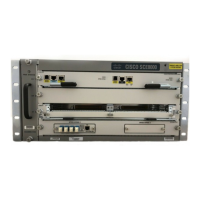
